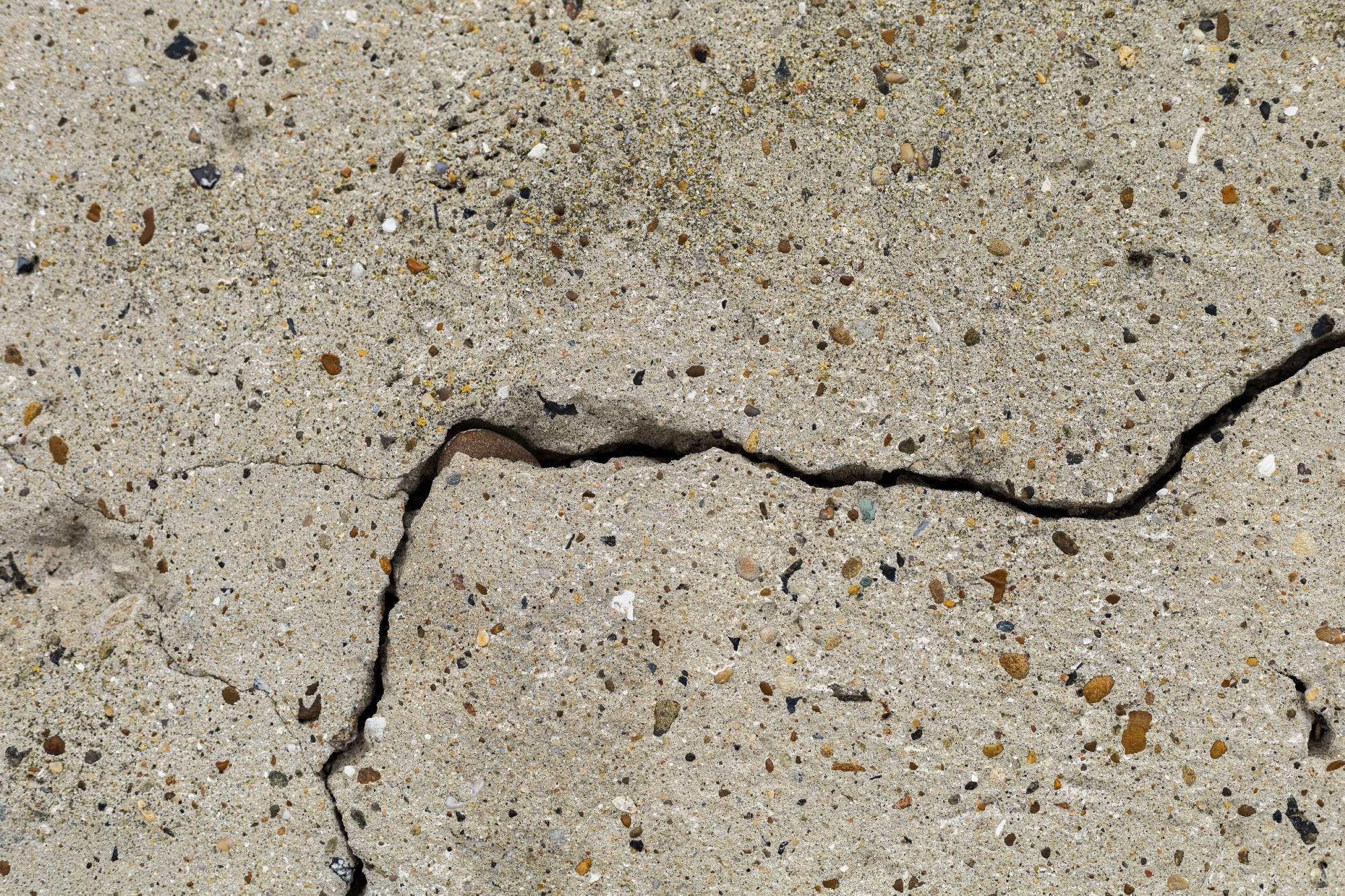Cracking is one of the most persistent and costly issues in concrete structures - but a new study may have found a smarter way to address it.

Image Credit: Pedal to the Stock/Shutterstock.com
Published in Scientific Reports, the research presents a concrete mix enhanced with Bacillus subtilis bacteria, which enables the material to repair its own cracks automatically. By combining this biological self-healing capability with Kuhn-Tucker optimization techniques, the researchers significantly improved the material’s mechanical performance and sustainability.
This approach not only enhances the durability and lifespan of concrete structures but also reduces maintenance needs and environmental impact - offering a practical step forward for modern, resilient infrastructure.
How the Technology Works: A Biological Fix for Cracking
Traditional concrete is strong, but it’s prone to cracking from mechanical stress, temperature changes, or moisture intrusion. Once cracks form, they can expand over time, weakening structures and leading to costly repairs.
To counter this, the research team developed a self-healing system using Bacillus subtilis, a bacterium known for its resilience and ability to produce calcium carbonate. Calcium lactate was added as a nutrient source, mixed directly into the concrete.
The process activates when cracks allow water into the material. The bacteria, previously dormant, become active and metabolize the calcium lactate, producing carbon dioxide (CO2). This CO2 then reacts with calcium hydroxide [Ca(OH)2] already present in the concrete, forming calcium carbonate (CaCO3). These crystals grow inside the cracks, sealing them and restoring the material’s structural integrity.
This built-in repair system not only improves the concrete’s resistance to further cracking but also increases its load-bearing capacity and reduces the need for external intervention. It’s a low-energy, sustainable approach to maintenance - and it happens entirely on its own.
Testing a Key Variable: River Sand vs. M-Sand
While the bacterial process is central to the healing mechanism, the study also investigated how the type of fine aggregate used in the concrete mix could affect performance. The focus was on manufactured sand (M-sand), a more sustainable alternative to natural river sand, which is increasingly scarce.
Concrete samples, including cubes and beams, were prepared using different ratios of M-sand and river sand, with one mix using only river sand as a control. Each batch contained Bacillus subtilis (sourced from the National Collection of Industrial Microorganisms in Pune, India) at 100 g/m3, and calcium lactate at 2 % of the cement’s weight.
To evaluate mechanical performance and healing behavior, six specimens per mix were tested at 7, 14, and 28 days of curing. Measurements included compressive strength, split tensile strength, and flexural strength. A universal testing machine tracked structural performance and crack development, while scanning electron microscopy (SEM) confirmed the formation of CaCO3 in the healed cracks.
Kuhn-Tucker optimization was applied to determine the optimal combination of materials and curing conditions, enabling researchers to identify which mix designs offered the best balance between strength and self-healing efficiency.
What the Results Revealed
The findings showed clear performance gains in the bacterial concrete. After 28 days, the compressive strength of the bacterial mix reached 34.27 N/mm2, nearly matching the 34.92 N/mm2 of conventional concrete. However, bacterial mixes outperformed standard concrete in both tensile and flexural strength, suggesting improved resistance to stress and cracking.
Even more notable was the impact of M-sand. Cracks up to 1 mm in width were nearly completely sealed within 21 days when M-sand was used. Visual inspections and SEM imaging confirmed extensive CaCO3 crystal formation. A 14-day curing period was identified as the sweet spot for optimal bacterial activity and crack healing.
The denser, more uniform texture of M-sand seemed to support a tighter concrete matrix, which likely contributed to better sealing of microcracks and improved overall durability.
Quantitatively, bacterial concrete showed:
- 9 % increase in compressive strength
- 13 % improvement in tensile strength
- 6 % increase in flexural strength
Kuhn-Tucker optimization played a key role in fine-tuning these results, helping to isolate the mix proportions and curing conditions that produced the best mechanical and healing performance.
Real-World Applications for the Construction Industry
This self-healing concrete has major implications for infrastructure exposed to regular stress, such as bridges, tunnels, highways, and industrial structures. These environments are especially vulnerable to small cracks that, if left untreated, can compromise safety and lead to expensive maintenance.
This technology enables the material to heal itself, reducing the need for frequent inspections and manual repairs, saving time, labor, and resources over a structure's lifespan.
The environmental benefits are also significant. Using M-sand, a more sustainable alternative to river sand, further reduces the ecological footprint of construction. And because self-healing reduces the need for new materials and interventions, it helps minimize waste and energy consumption across the structure’s lifecycle.
Overall, this system offers a viable route to greener, longer-lasting infrastructure that’s better equipped to handle the demands of a changing climate and increasing urbanization.
Conclusion and Future Directions
This study offers strong evidence that bacterial self-healing concrete could become a practical, sustainable alternative to conventional materials, particularly in applications where durability and maintenance efficiency are critical.
Moving forward, researchers suggest expanding the work in several directions:
- Testing other bacterial strains and nutrient sources
- Assessing long-term performance under real-world conditions
- Evaluating cost-effectiveness at scale
These steps will be essential to transitioning from laboratory success to commercial viability.
Journal Reference
Meghashree, M., & et al. Advancing sustainable concrete with bacterial self-healing technology and Kuhn-Tucker condition. Sci Rep 15, 33736 (2025). DOI: 10.1038/s41598-025-96971-y, https://www.nature.com/articles/s41598-025-96971-y
Disclaimer: The views expressed here are those of the author expressed in their private capacity and do not necessarily represent the views of AZoM.com Limited T/A AZoNetwork the owner and operator of this website. This disclaimer forms part of the Terms and conditions of use of this website.